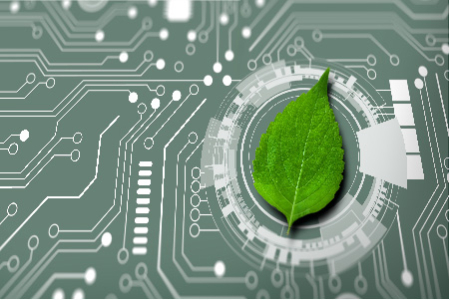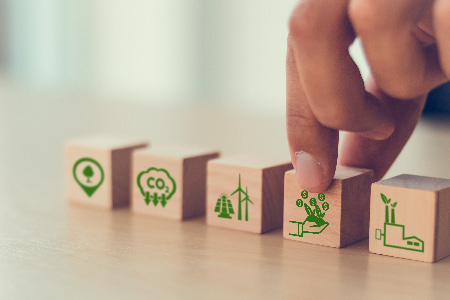Cloud Strategy
Cloud computing has become increasingly popular in recent years. Its many advantages include high speed and quick deployment, data security, scalability, efficiency, and cost reduction.
Using the public cloud provides an additional advantage that is often less voiced: the opportunity to meet sustainability goals through energy and carbon emissions savings by utilizing public cloud infrastructure.
For example, if all businesses in the United States shifted their e-mail, productivity software, and CRM to the public cloud, the primary energy footprint of these software applications might be reduced by as much as 87%.
FLOW Partner Automation Platform
FLOW is our SaaS solution that is fully cloud-based and runs partly in the Microsoft Azure cloud (the backend applications) and partly in the Google cloud (the FLOW portal). By deploying the available public cloud infrastructure for the delivery of our FLOW solution, TIE Kinetix can realize significant savings in energy and CO2 compared to traditional datacenter infrastructure. This represents a significant reduction in the carbon footprint of TIE Kinetix and FLOW, and therefore of our customers that use FLOW.
Microsoft Azure
Together with WSP, a global consulting firm with expertise in environmental and sustainability issues, Microsoft has researched and modeled the environmental impact of its cloud services as opposed to on-premise deployments. The model draws on greenhouse gas accounting principles from the World Resources Institute (WRI) and World Business Council for Sustainable Development (WBCSD) corporate Standard and Product Life Cycle Standard.
Microsoft has set a goal to match its gross energy consumption with 100% carbon-free energy for every datacenter by 2025. Additionally, Microsoft plans to be carbon negative by 2030.
Google Cloud
The FLOW Portal, which runs on Google Cloud, is the main user access for the platform. According to a study performed by Google, a typical organization that migrates to the cloud can:
- Save an estimated 68%-87% in energy
- Reduce similar amounts of carbon emissions
Google publishes carbon data across its Google Cloud regions. The carbon-free energy percentage (CFE%) represents the average percentage of carbon-free energy consumed in a particular location on an hourly basis. This considers both carbon-free energy supplied by the grid, as well as carbon-free energy generation by Google in that location.
We make use of Google’s datacenters in Belgium (79% carbon-free energy), Germany (63% carbon-free energy), and the Netherlands (60% carbon-free energy).
Google has set a goal to match its gross energy consumption with 100% carbon-free energy, every hour and in every datacenter by 2030.
100% Digitalization in the Cloud
Any SaaS service that stores its data in the cloud is going to be more sustainable than any on-premise solution. That's why our mission of helping our customers to 100% digitalize their supply chains is incredibly important to meeting ESG targets. Cloud-based services are not only gaining popularity for their user benefits; they’re also the only true sustainable option for companies that are trying to reduce their environmental footprint.




